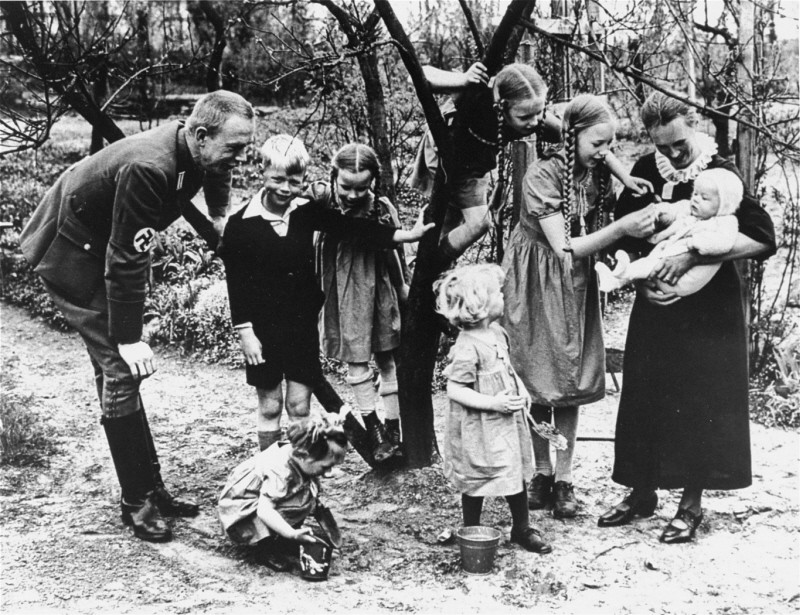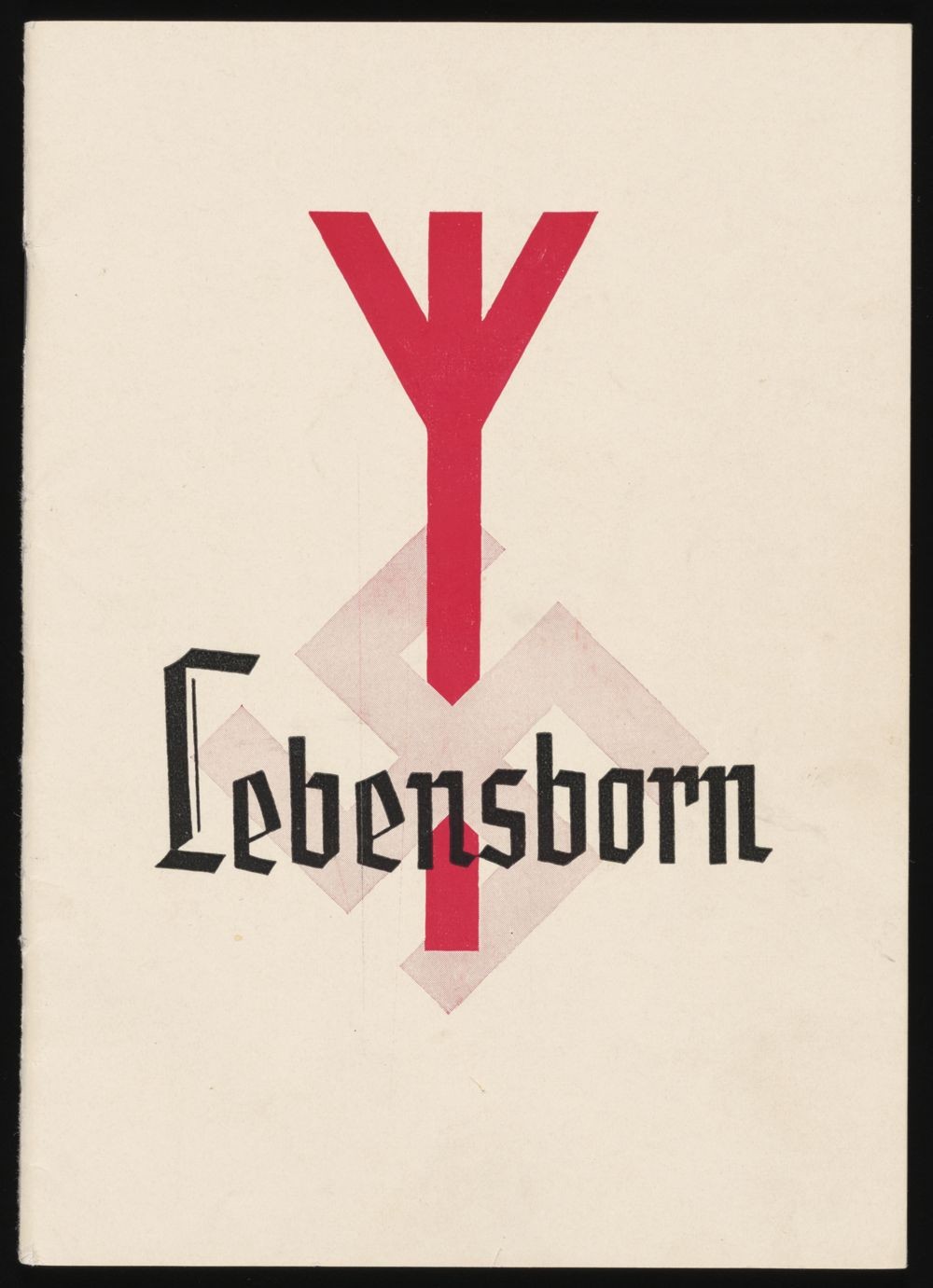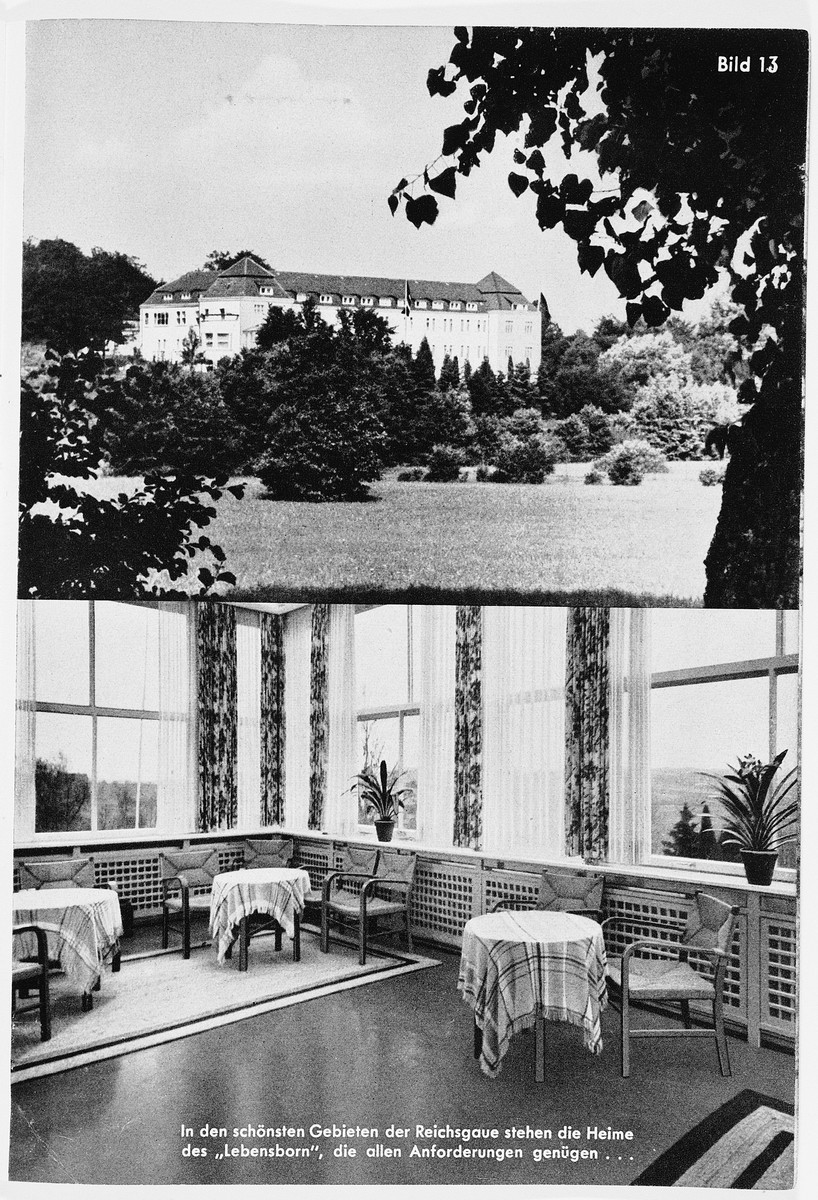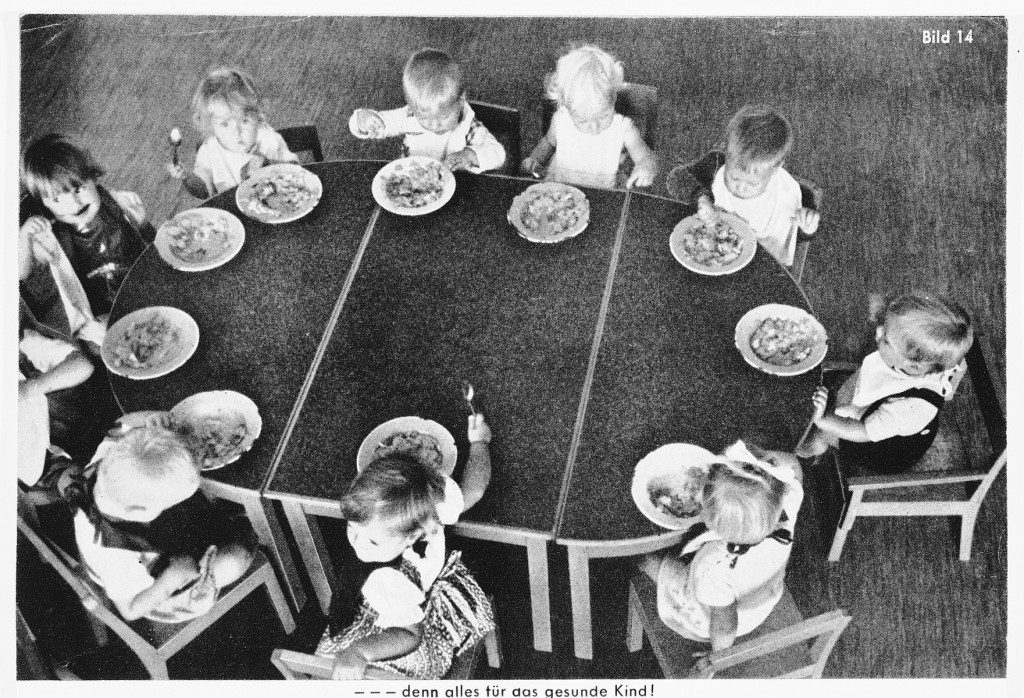
Lebensborn Program
Nazi authorities created the Lebensborn program to increase Germany’s population. Pregnant German women deemed “racially valuable” were encouraged to give birth to their children at Lebensborn homes. During World War II, the program became complicit in the kidnapping of foreign children with physical features considered “Aryan” by the Nazis.
Key Facts
-
1
The Nazi regime encouraged the birth of children deemed “racially valuable” in order to increase Germany’s “Aryan” population. This campaign closely reflected the regime’s racial ideology and theories of eugenics.
-
2
The Lebensborn program was designed by the SS to increase Germany’s declining birthrate. It was originally intended to provide pregnant “Aryan” women with financial assistance, adoption services, and a series of private maternity homes where they could give birth.
-
3
By the end of World War II, Lebensborn became involved in the Nazi regime’s systematic kidnapping of thousands of “biologically valuable” foreign children to be raised in German homes.
The Lebensborn program was created by the SS in late 1935 in order to promote the growth of Germany’s healthy “Aryan” population. The term Lebensborn itself means “Fount of Life.” The program was designed to be the wellspring of future generations descended from those whom Nazi authorities deemed “racially valuable.” It originally focused on encouraging SS men to have large families and discouraging unmarried, pregnant “Aryan” women from seeking illegal abortions.
Nazi Eugenics and Selection Criteria

The Lebensborn program was heavily influenced by Nazi racial ideology and theories of eugenics. It only accepted healthy applicants who could establish their “Aryan” ancestry. The SS screened individuals' personal medical histories as well as their family records. Applicants could be denied on the basis of their alleged racial “impurity” or health issues. They could also be denied if they had a family history of physical, mental, or psychiatric disabilities. Nazi theories of eugenics advanced the idea that personal character traits like loyalty and bravery were inheritable and could be promoted through the process of selective breeding. In this way, the SS hoped to stimulate the growth of a strong, “racially elite” German population to advance Nazi goals of conquering and colonizing the territories of Eastern Europe.
SS leader Heinrich Himmler believed that the men of the SS were the biological and racial elite of Nazi Germany, and he urged them to have large families. SS members and their brides had to pass medical examinations and establish their “Aryan” ancestry before they could marry. This measure was taken to ensure that their children would be “racially valuable.” Himmler personally oversaw many aspects of the Lebensborn program. He encouraged SS men to marry early and have at least four children. Lebensborn provided financial assistance to SS men with large families, but relatively few received this aid.
Lebensborn Homes for Unmarried "Aryan" Mothers
The Lebensborn program focused on attracting unmarried, pregnant “Aryan” women. At the time, there were strong pressures against single motherhood in German society. The program offered the mothers financial support and adoption services. It also provided a series of private maternity homes away from the judgemental eyes of family members, friends, and acquaintances. In this way, Himmler hoped to discourage abortions. The Nazi regime strengthened existing German laws that prohibited most abortions. At the same time, though, the regime was operating “hereditary health” courts that ordered abortions and sterilizations for those whom Nazi authorities decided were not of “good racial stock.” Despite the regime's increased penalties for seeking abortions, Himmler estimated there were at least 100,000 “biologically valuable” pregnancies terminated in Germany every year.

The Lebensborn homes were designed to be pleasant spaces where women could live comfortably as they received prenatal care, delivered their babies, and recovered from labor. Because the program sought out women eager to avoid the public scandal of an unmarried pregnancy, the homes prioritized anonymity and staff discretion. These homes were typically established on the grounds of private country estates. A program brochure explained that single women must obtain permission from the Lebensborn central office before they could take their newborns home. The program assumed guardianship of unmarried mothers’ children and determined where they would be raised.
Radicalization of Lebensborn During World War II
Like many aspects of Nazi eugenics, Lebensborn became radicalized in the context of World War II. The perceived need for the program grew as Himmler became worried that the inevitable German casualties would cost the nation thousands of its most “racially valuable” soldiers. The war also provided new opportunities that the program began to exploit. For instance, several new Lebensborn homes were established in German-occupied territories. German SS, military, and civilian personnel also impregnated foreign women. The Lebensborn program assumed control of these children if the mothers’ health, family history, and “Aryan” ancestry could be established.
The Lebensborn program also became involved in the kidnappings of thousands of foreign children. During the war, the SS sought out ethnic Germans living in foreign countries and “repatriated” them to the Third Reich. Thousands of children—mostly from eastern and southeastern Europe—were kidnapped because they had German ancestry or simply the “appropriate racial features.” The Lebensborn program then helped place these children with German families. Adopting families believed that the children had been orphaned by the war.
The Failure and Legacy of the Lebensborn Program

Himmler had hoped that the program would become the wellspring of future generations of Nazi Germany’s racial elite. However, Lebensborn disappointed these expectations. Although the program’s homes claimed to uphold the highest standards of modern medicine, serious complaints about the quality of medical care emerged. And because the program relied on its privacy, it did not advertise openly. As a result, the program had trouble attracting eligible women. Himmler had estimated that 100,000 “biologically valuable” German women obtained abortions illegally each year, despite increased penalties. However, only around 7,000 children were born into the Lebensborn homes during the program’s nine-year-long existence. Lebensborn ultimately fostered many more kidnapped foreign children, although the precise numbers are difficult to establish. The legacy of the Lebensborn program includes broken homes and devastated parents. It also left a generation of children forced to contend with identity crises as well as the social disapproval that often accompanied their association with a Nazi eugenics program.
Critical Thinking Questions
In what ways did the Lebensborn program reflect Nazi racial ideology? How did it reflect Nazi theories of eugenics?
What does the Lebensborn program reveal about Nazi attitudes toward women?
What effects did World War II have on the development of the Lebensborn program?
What does the kidnapping of foreign children with “appropriate racial features” suggest about Nazi racial ideology and its supposed focus on science and heredity?

